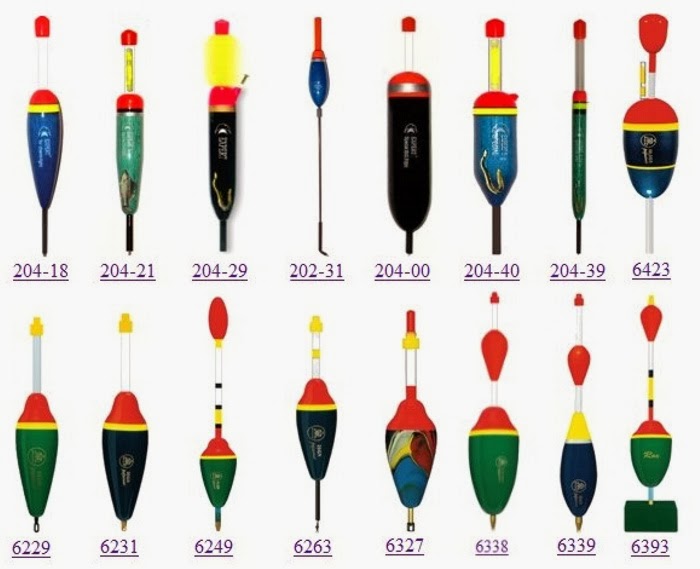In the final decade of the 1800's, George Vanderbilt hired Carl Schenck to restore the over logged predecessor of todays Pisgah National Forrest in Western North Carolina. At the turn of the century my great-great-grandmother rode a buck-board wagon along the banks of the Davidson River and Looking Glass Creek with Carl Schenck to a cabin that's still standing at the site of America's first school of forestry. Schenck wrote that my great-great-grandmother made dry biscuits. My great-grandmother vehemently denied this dry biscuit accusation, and defended her mother's baking till the end of her life. I love my family, but sadly, we make dry biscuits. There are stories, memories, and legends that surround the forest that envelopes that old cabin, and I am forever connected to the land there.
A boggy, rhododendron choked, flat piece of land called the Pink Beds sits at high elevation surrounded by some of the highest peaks on the East side of the Mississippi. This area lies adjacent to the old forestry school which is now dubbed the Cradle of Forestry. It's here where one can find the beaver pond laden head waters of the South Mills River. From these ponds, the river meanders and falls for over 13 miles through a section of roadless Pisgah Forest. It's one of the longest remote sections of sizable stream in all of Western North Carolina. My son is named Mills after this river that my ancestors lived on, and a loyalist named William Mills was one of the first land owning white men to settle in the near by area. When William Mills settled on stolen Cherokee land, brook trout likely filled the Mills River. Today, it's the wild bows and browns that beckon me to the banks of the South Mills, and my last trip for the foreseeable future was a fitting one.
My family and I are moving to Oklahoma this summer, you know, the trout Mecca of the Northern Hemisphere. Though I know we will be back to visit, I doubt I'll have time to trek up to the Pink Beds and hike into to the remote haunts of the Mills. When my wife signed up for an eighteen mile trail run, the Cradle to Grave 30K, that started in the Cradle of Forestry, I quickly made plans to be her cheerleader. I would be a cheerleader in wet waders with a graphite stick and a ten foot leader, but I would cheer her on, nonetheless. The Saturday of her race I parked at the gauging station on the upper South Mills that doubled as nutrition station in her trail race. I waited for my fit wife, Blair, to tear through this section of the course so I could shout affirmation her way, as she set out to accomplish something all together inspiring. When she passed and faded into the forest away from the river, I pointed my rod tip to the trail, left the road, and made haste downstream for the Otter Hole.
The Otter Hole has been captured in the HD video of my mind for nearly thirty years. When I was eleven years old, my father took me on my first back packing trip. We parked in the same gauging station gravel lot that I find my self parked in decades later. Lugging our fly rod laden packs, we began our hike as dusk drew near. I had heard about the Otter Hole, and as we stopped to observe it a short fifteen minutes down the trail, the water was boiling with rises. Simply boiling. My eleven year old pleas to unsheathe our fly rods for a moments fishing were turned away by the three adults in our crew due to the waning light and many miles left to hike.
 |
| My tween self on the South Mills near Wolf Ford circa 1988 |
My fishing excursions on the South Mills have never lived up to the potential evidenced in the countless trout I saw rising on that April evening in the late 80's. I have caught many fish on the Mills, but I've never had a high numbers day or a trophy fish to hand. The river is both beautiful and baffling to those who fish it. Still, the mystery of what those cold, slightly tannic colored waters hold keep me curiously optimistic.
On my wife's race day, I hike in and enter the steam just below the tail-out of the Otter Hole. Looking upstream, the river takes a ninety degree turn to the right, but contrary to most bends, the strongest current hugs the inside bank. A massive nearly motionless eddy forms across the majority of space the river swallows, and stretches nearly four times the normal width of stream on the outside of the bend. I don't know how to fish it. Would there be fish over in the seemingly stagnant spans of water? How could I approach the slick with out sending waves across the surface, putting down every fish between the tangled flora lined river banks. My mind runs replays of the expanding concentric circles that manifested all over the waters surface as trout after trout swallowed mayflies before my fish thirsty eleven year old eyes years ago in this very spot. This morning the surface remains unbroken, so I concentrate on the seam of the steady moving current inside the bend, fishing two flies beneath an indicator.
 |
| The Otter Hole |
Neither I or my father really knew what a nymph was thirty years ago, much less how to fish one. Our fly repertoire consisted of an elk hair caddis, or a adams, or an elk hair caddis. When those didn't produce, we would try an elk hair caddis. I pluck two small bows out of the run, then my line tightens firmly on my next hook set. I smile and chuckle out loud. This is why I've come to the Mills River. The fish I land is not a river monster, only a 12 inch rainbow. However, a twelve inch wild rainbow is a larger than average wild trout in the North Carolina mountains, and it gives me hope that a fourteen inch, eighteen inch, or even twenty plus inch fish swims these waters. So I get a little over optimistic at times. Glass half full people. If I don't catch another fish all day, I'm satisfied.
I was only on the water two and a half hours. I'm not sure how many fish I landed. It wasn't prolific by any means. I saw mayflies, caddis flies, big adult stone flies, and tons of midges. I switched to a lone royal wolf and managed a small fish on top water, and then missed at least six solid strikes from two sizable fish on a size ten stimulator in my last hole.
 |
| Pinstriped Rainbow |
Walking back to the car, I wasn't certain if I would ever lay eyes on this section of stream again. I have only made it to the gauging station entrance of the South Mills maybe six times total in my life, but the stream remains the most defining, iconic, and meaningful Blue Ridge trout stream I know. I am very aware that when the Cherokee inhabited this land, the rainbows and big browns I seek did not exist in this stream. I wonder what the Cherokee called the South Mills? I wonder how big the brook trout were in 1000 A.D.? White loggers introduced the rainbows and browns in the 1800's, and those species quickly dominated its waters, forcing the brookies high into the headwaters, where they rarely grow over 7 inches.
As with many rivers, the Mills will most likely only yield smaller and fewer fish as the years pass. There are no dams to hinder spawning, no major erosion issues or development upstream dirtying it's waters, but acid rain, rising temperatures, and increased global population and pressure take there toll yearly. I found my I-phone vibrating from an incoming call as I stood thigh deep in the cold waters of this wilderness stream, confirming that our wild spaces are being altered in ways that rob us of their solace. One day, when my son is old enough to wield a fly rod, I hope to take him to his namesake's stream; a steam steeped in intimate history and protected far greater than many of Earth's other streams. Will there be any trout left in the South Mills when we return? Will my son look over countless rising trout in the Otter Hole before watching one sip his dry fly and make his rod bend? Will he ever lay eyes on those head waters at all? I hope yes will be the answer to all of the above. Remember, I am a hopeless optimist. I live plying the waters in the paradox my hopeless optimism creates.
 |
| My son Mills and his brown trout birthday cake |




































